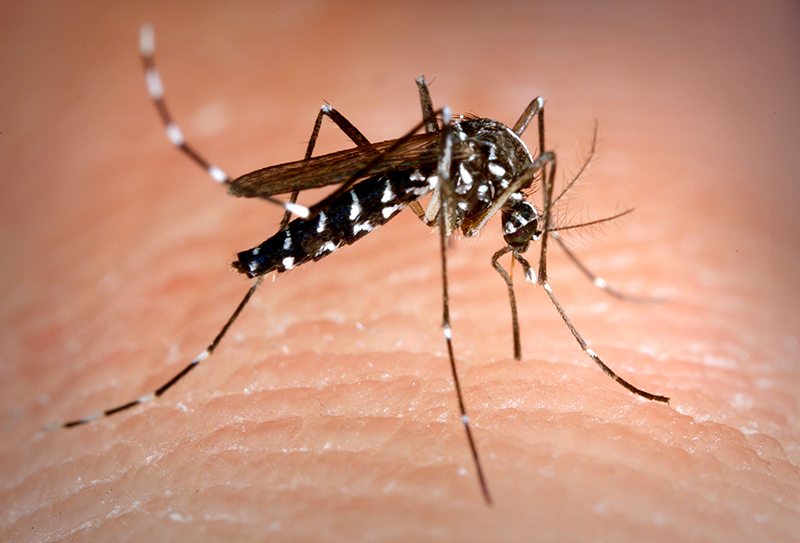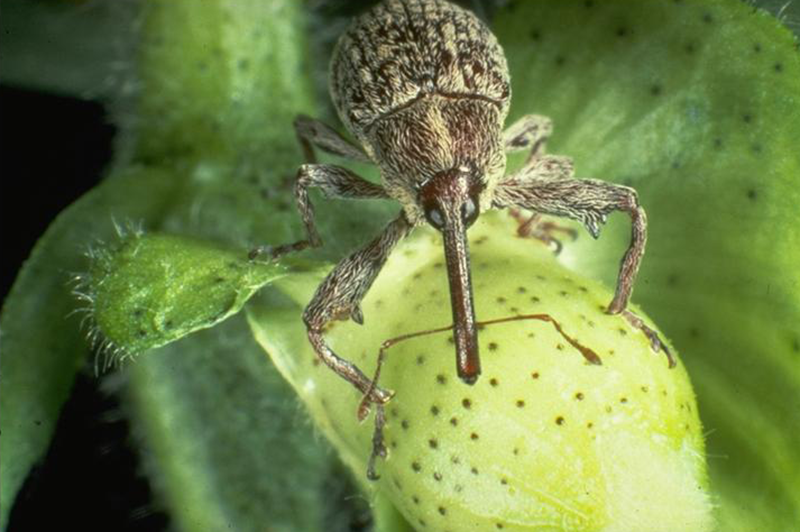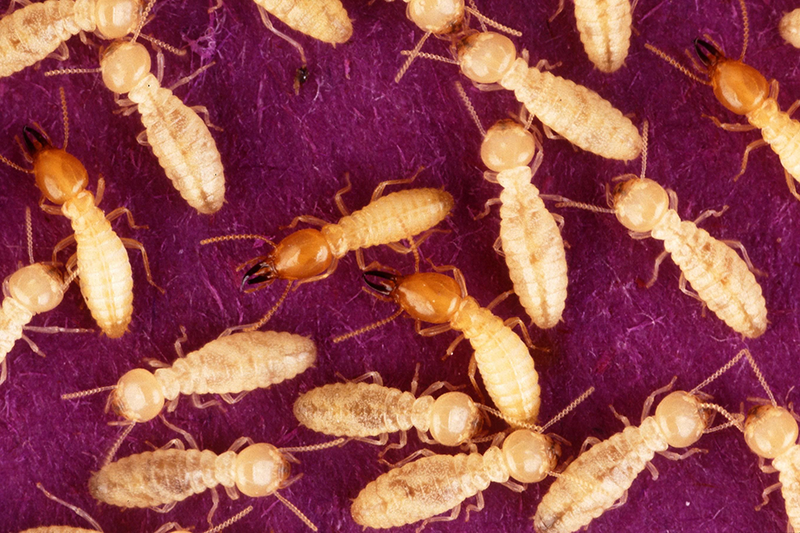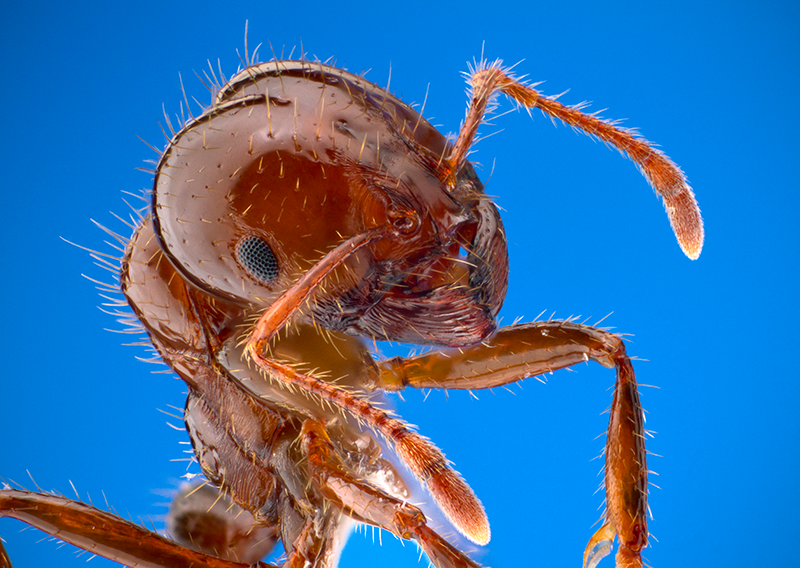Asian Tiger Mosquito (Aedes albopictus)
Origin and Date of Introduction: Asia (Northern Japan), 1985.
Pathway / Media: Shipping routes; water trapped in used tires and other products.
Reason for Introduction: Accidental, to Houston, TX, and then throughout eastern US via used tire traffic.
Preferred Habitat: Artificial (tires, bird baths, trash, rain gutters, etc.) and natural containers (bromeliads, tree holes, etc.).
Ecological / Economic Damage: Aggressive pest species; implicated in Eastern Equine encephalitis virus and dog heartworm transmission in Louisiana, and potential vector of dengue and West Nile viruses. The Asian Tiger Mosquito is a potential vector of the viruses the cause encephalitis and dengue. Its arrival as eggs and larvae in puddles trapped in natural rubber used tires is a classic case of accidental introduction through shipping pathways. This species has been highly successful because it can utilize a variety of container habitats, it will bloodfeed on almost any type of warm-blooded vertebrate, and it can overwinter in cooler climates as well as survive in the tropics.
Control Options: Eliminate, fill or frequently flush natural and artificial containers holding water.

Photo: James Gathany, USCDCP
Futher Reading: USDA Invasive Species Information Center
Boll Weevil (Anthonomus grandis)
Origin and Date of Introduction: Central America and Mexico; appeared 1890-1894 in Brownsville, Texas.
Pathway / Media: Monocultural agriculture.
Reason for Introduction: Accidental.
Preferred Habitat: Cotton fields during growing season; spend winter in nearby woods, in ditches, and in piles of cotton trash around gins and old farm buildings
Ecological / Economic Damage: Estimated $14 billion cost to cotton industry. The invasive boll weevil altered the course of history in the American South by devastating the region’s premier crop in the early 1900s. It remains a major nemesis of the cotton industry today.
Control Options: Traps with pheromones and pesticides; periodic eradication programs.

Photo: W. Sterling, Texas A&M
Futher Reading: USDA ARS Service
Formosan Termite (Coptotermes formosanus)
Origin and Date of Introduction: East Asia; about 1960s.
Pathway / Media: Shipping routes and highway corridors; wooden pallets in ships, railroad ties, and lumber.
Reason for Introduction: Accidental, to various Gulf of Mexico ports.
Preferred Habitat: Wooden structures, trees, insulation.
Ecological / Economic Damage: About $1 billion per year spent for control and damage; weakens structures, trees; adds to costs of homeownership; threatens historical structures. Invasive Formosan termites devour wood at rates far faster than native termites, and can penetrate plaster, plastic, and other materials in seeking new food source.
Control Options: Termiticides; proper disposal of old wood; elimination of moisture sources near structures.

Photo: Scott Bauer, U.S. Department of Agriculture
Futher Reading: USDA Invasive Species Information Center
Red Imported Fire Ant (Solenopsis invicta)
Origin and Date of Introduction: South America, 1933-1945.
Pathway / Media: Shipping and other transportation routes; in dunnage or ballast soil in ships.
Reason for Introduction: Accidental, to Mobile, Alabama.
Preferred Habitat: Warm climate, surface mound dwellings.
Ecological / Economic Damage: Danger to livestock, pets, children, eggs of waterfowl, agricultural pests, cost about $2 billion/year nationally. The Phorid fly, a species introduced from Brazil as a biocontrol measure for invasive fire ants, deposits its larva in the ant’s head cavity, decapitating it within weeks.
Control Options: Pesticides, experimental biocontrol (phorid fly).

Photo: Alex Wild - University of Texas
Futher Reading: USDA National Invasive Species Information Center

